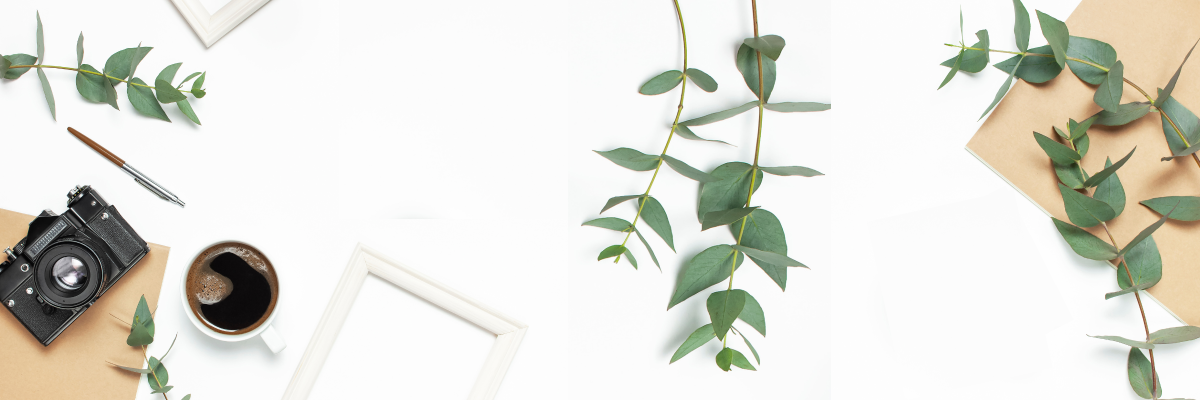In the world of photography, composition is the backbone that transforms ordinary images into captivating visuals. Whether you are a budding photographer or simply looking to enhance your photographic skills, understanding composition is crucial. One of the most essential principles in composition is the Rule of Thirds, but there’s so much more to explore. This article delves into the fundamentals of composition, helping you to create stunning images that tell a story. Plus, learn how these principles can enhance your personalized photo album.
What is the Rule of Thirds?
The Rule of Thirds is one of the foundational rules of photographic composition. It involves dividing your image into nine equal segments by two vertical and two horizontal lines, creating a tic-tac-toe board effect. The idea is to position the most important elements of your scene along these lines or at their intersections. This technique gives your images balance and interest, naturally guiding the viewer’s eye.
Applying the Rule of Thirds
Using the Rule of Thirds effectively involves practice and understanding where to place focal points. Here are some tips to help you apply this rule in your photography:
- Use Grid Lines: Most cameras and smartphones have a grid option. Enable it to help with framing your shots.
- Place Points of Interest: Align significant subjects of your image with the grid lines or intersection points, such as a person’s eyes or a key object.
- Don’t Always Center: Avoid placing your subject dead in the center; it can create a static feel. Use the Rule of Thirds to generate more dynamic compositions.
Beyond the Rule of Thirds
While the Rule of Thirds is a powerful tool, it is important to understand that composition doesn’t end there. Here are additional techniques that can elevate your photographic skills:
The Golden Ratio
The Golden Ratio is another classic composition technique that dates back to ancient Greece. It can be visualized as a spiral or a series of rectangles. The basic idea is to create a focal point at the intersection of the lines that approximate the Golden Ratio, which can lead to more harmonious images. The beauty of the Golden Ratio lies in its ability to create balance while guiding the viewer's eye through the photo in a natural manner.
Leading Lines
Leading lines are a fantastic way to draw attention to the main subject in your composition. By incorporating lines that lead from one part of the image to another, you can create depth and perspective. Here are a few ideas to incorporate leading lines into your photography:
- Roads and Paths: Natural paths or roads often create strong leading lines that can draw the viewer’s eye toward a horizon or subject.
- Rails and Fences: Use fences or railway tracks to guide the viewer through the image.
- Rivers and Streams: Natural waterways can serve as beautiful leading lines that add both texture and depth.
Framing Your Subject
Creating a frame within your image can provide context and emphasize your subject. Natural frames include trees, arches, or windows that surround your main subject, thereby drawing attention to it. This technique helps create layers in your photo, giving it dimension and enhancing visual appeal.
Utilizing Negative Space
Negative space refers to the area surrounding the main subject within a composition. It is just as important as the subject itself because it can create a sense of balance and isolation. By including ample negative space, you have the ability to highlight your subject effectively. This technique is particularly useful in portrait photography, where the focus should be on the individual, often leading to striking personalized photo album designs.
Textures and Patterns
Incorporating textures and patterns into your photography can bring an added layer of interest to your compositions. Look for textures in natural landscapes, architecture, and everyday objects. Patterns can be used as repeating elements to create rhythm in your images. You can also use the concept of ‘contrast’ by pairing different textures to create visual tension and intrigue.
Color Theory in Composition
Colors play a vital role in the storytelling of your images. Understanding color theory can help you make intentional choices about color in your compositions:
- Color Harmony: Colors that complement each other can create a sense of balance, while contrasting colors can evoke emotions and drama.
- Color Temperature: Warm colors (reds, oranges, yellows) convey energy and vibrancy, while cool colors (blues, greens) can evoke calmness and serenity.
- Color Psychology: Consider the emotional impact of colors on your audience. Use this knowledge to enhance the mood of your personalized photo album.
Tell a Story with Your Images
Every photograph has the potential to tell a story. Thinking narratively about your composition can add depth to your work. Consider the following tips for storytelling in photography:
Establish Context
A photo should provide context for the viewer. Capture elements surrounding your subject that tell the story behind the image. For example, including environmental details that reflect the subject’s lifestyle or mood can create greater engagement.
Emphasize Emotion
A powerful photograph often evokes emotion. Capture candid moments, expressions, and interactions that convey feelings. Interest can be heightened when your audience connects emotionally to what they see.
Inclusive Details
The details matter! Whether it’s the genuine laughter of children playing or the quiet solemnity of a sunset, include details that enrich your narrative and provide insight into the moment.
Editing to Enhance Composition
Post-processing is a crucial aspect of modern photography. It provides an opportunity to refine your composition and enhance your images further. Here are some basic editing tips to consider:
- Cropping: Don’t be afraid to crop your image post-capture. This can help in applying the Rule of Thirds more effectively.
- Adjusting Exposure: Ensure your subject stands out by adjusting the exposure and contrast to highlight it further.
- Color Adjustments: Play with saturation and vibrancy to make colors pop in a way that supports your composition.
Practical Practice: Putting It All Together
Understanding composition is a journey, and the best way to master it is through practice. Here are some exercises you can do to improve your skills:
Daily Photo Challenges
Set a goal to take one photograph every day focusing on a different composition technique. This can range from the Rule of Thirds to negative space. Over time, this will help you internalize these concepts.
Review and Reflect
After a photo shoot, take the time to review your pictures. Analyze your compositions, identifying what worked and what didn’t. Consider how you could improve the next time.
Gather Feedback
Share your images with fellow photographers or in online photography communities to gather insights. Feedback can lead to valuable learning opportunities.
Creating a Timeless Personalized Photo Album
Incorporating the principles of composition into your photography will undoubtedly enhance your images, making them perfect for your personalized photo album. A well-composed photograph will preserve memories beautifully, and having a cohesive layout based on your newfound skills will delight family and friends. Your personalized photo album will not only capture moments but showcase your growth as a photographer.
Final Thoughts: Beyond Rules and Into the Art
Composition in photography encompasses much more than rules; it's about creativity, expression, and storytelling. The Rule of Thirds provides a solid foundation, but exploring various techniques will allow your artistic voice to shine. Embrace the principles discussed in this article, and let your imagination run wild. As your skills improve, the photographs you take will transform, bringing your memories to life, especially in a stunning personalized photo album that tells your unique story.











